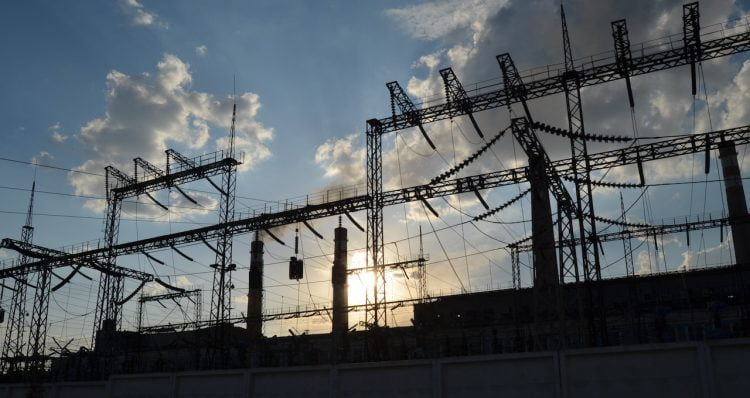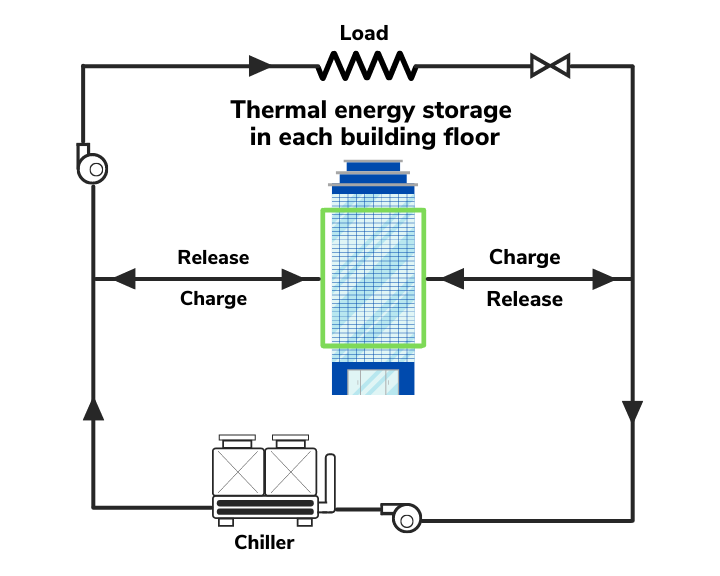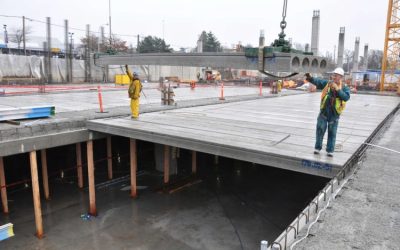Building the Climate Smart Energy Infrastructure of the Future.. Today!
The development of a climate smart energy infrastructure has emerged as a paramount goal. Power utilities and municipalities face the daunting task of constructing low-carbon buildings and energy-efficient systems that not only reduce environmental impact but also enhance economic viability. TermoBuild has harnessed the potential of passive concrete structures and innovative HVAC solutions to create a new paradigm of Climate Smart Buildings.
The Economic Imperative for Climate Smart Energy Infrastructure
The contemporary economic climate presents a unique conundrum for power utilities and municipalities. Traditional energy infrastructure construction is often riddled with difficulties and exorbitant costs. The call for creative thinking is now more critical than ever.
By embracing a proactive civic leadership role, cities can extend the benefits of energy efficiency, indoor wellness, resilience, and business continuity to their communities. This approach maximizes asset value across building stock, curtails energy expenses, lowers maintenance costs, and preserves the environment – objectives indispensable in today’s tumultuous economic landscape.
TermoBuild's Vision: Floors and Ceilings as a Multipurpose Asset
Over the last 15 years, TermoBuild has been at the forefront of leveraging the thermal properties of concrete, a material found in all building construction projects, as a versatile and intelligent multipurpose asset. This revolutionary approach involves integrating concrete structures with smaller, more efficient HVAC systems.
The cornerstone of this innovation lies in the seamless integration of simplified Building Automation Systems (BAS), which facilitate superior control over building comfort.
Unveiling the Solution: TermoBuild's Climate Smart Rechargeable Buildings
One pivotal challenge in energy management lies in planning, monitoring, and accurately calculating energy costs and savings. While numerous energy efficiency measures exist, thermal energy storage often remains overlooked.
Enter innovation – Rechargeable buildings, an ingenious solution that transcends conventional boundaries. These buildings have the potential to revolutionize the decoupling of energy dependency without incurring substantial costs or prolonged investment recovery periods, particularly in new master planned developments.
Advantages of Rechargeable Buildings
Among the spectrum of energy conservation measures, Rechargeable buildings emerge as a standout solution. Their unparalleled capacity for rapid decolonization and swift investment repayment affords them a competitive edge. By seamlessly integrating into the existing energy ecosystem, these buildings play a pivotal role in balancing energy supply and demand, bridging the gap between buildings and power utilities.
Empowering Global Change: The Smart City and Power Utility Synergy

As cities and counties worldwide set ambitious targets to transition to 100% renewable energy within a decade or two, TermoBuild’s visionary approach assumes a pivotal role. The concept of smart cities and power utilities operating on minimalist technology is not only pragmatic but stands to position them as vanguards of global decolonization.
By capitalizing on TermoBuild’s innovative strategies, these entities can become the epicenters of leadership in sustainable energy solutions.
An innovative approach represents a quantum leap in the quest for a Climate Smart Energy Infrastructure. By harnessing the latent potential of passive concrete and redefining building systems through advanced HVAC integration and simplified BAS, TermoBuild paves the way for a future where sustainability and economic viability coalesce seamlessly.
Rechargeable buildings emerge as beacons of hope in the journey towards energy independence, offering a blueprint for cities, power utilities, and municipalities to become the trailblazers of a more resilient and sustainable world.

MEET THE AUTHOR





